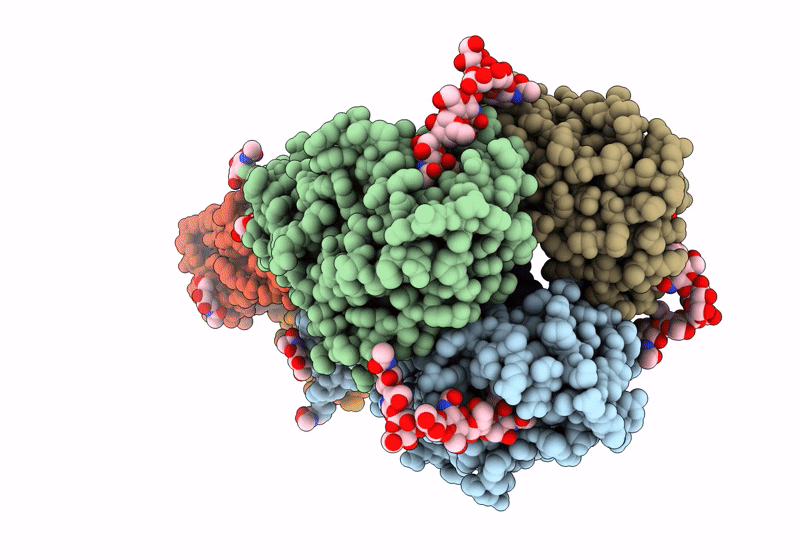
Deposition Date
2024-05-03
Release Date
2024-09-25
Last Version Date
2025-07-16
Entry Detail
PDB ID:
8ZDV
Keywords:
Title:
The cryoEM structure of H5N8 HA in an auto inhibited state
Biological Source:
Source Organism:
Influenza A virus (Taxon ID: 11320)
Host Organism:
Method Details:
Experimental Method:
Resolution:
2.80 Å
Aggregation State:
PARTICLE
Reconstruction Method:
SINGLE PARTICLE


